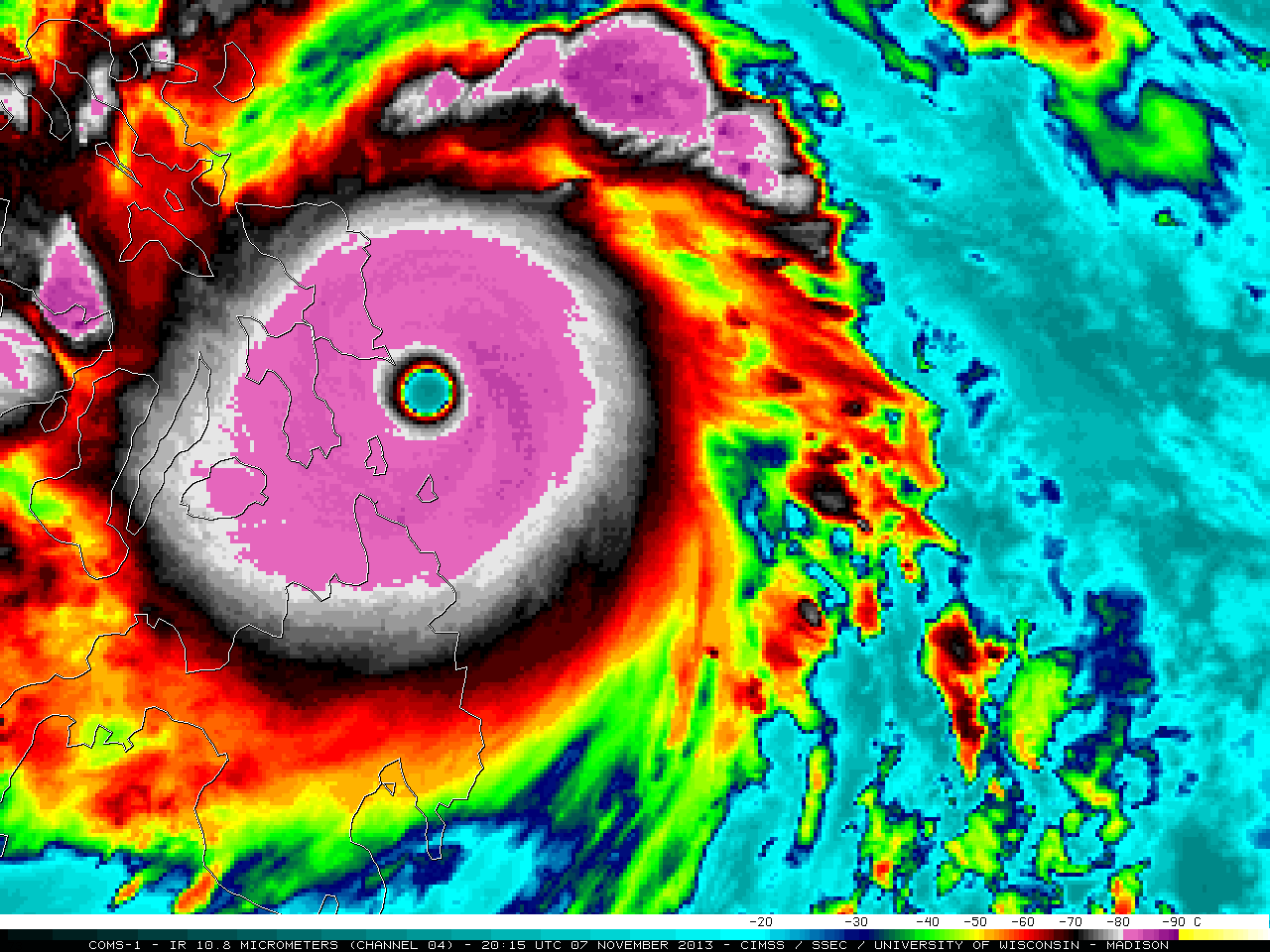Project Overview | About the Project
About the Tropical Cyclone Data Project (TCDP)
This section provides the motivation and rationale behind the TCDP.
Navigate this section
The current page provides an overview of this project. Other pages in this section provide information about the project team members, the project timeline, and how to contact us.
Motivation
Tropical cyclones (TCs) frequently cause multi-billion dollar losses in the United States and other countries in the Atlantic Basin. Because (re)insurers take on exposure that is potentially unbounded, they have a strong motivation to understand the likely upper bound of economic losses related to hurricane peril that can be expected over a given time frame. The total magnitude of losses depends upon a multitude of factors that include the frequency and locations of TC formations in the basin, the tracks that they subsequently take, the speed at which they move when impacting insured property, their intensity, and last but not least, their size. This final factor, size, is of critical importance to loss magnitudes, as a large tropical cyclone will impact a much larger area, and therefore more property, than a small tropical cyclone. As an example, the very compact Hurricane Dennis (2005) caused approximately $2 billion in damage in the western Florida panhandle, while just the year before the much larger Hurricane Ivan caused over $14 billion in losses in this same region. To accurately assess the threat of TCs, (re)insurers need a comprehensive and accurate database on TC size and wind structure parameters. Such a dataset should provide parameters that are well suited to the parametric wind modeling applications used in wind risk determination.
The need to go beyond just track and intensity
Tthe vast majority of deaths in tropical cyclones are caused not by wind, but by aspects of the storm related to size, such as storm surge and inland flooding from rainfall. Yet wind damage is also an important contributor to losses. Because both wind, surge, and rainfall are integrally tied to storm structure and size, more focus needs to be placed on accurate prediction and understanding of storm structure (i.e., the changing configuration of the wind field and the distribution of convection). The development of forecast aids for basic parameters such as the radius of maximum winds (RMW) could certainly be a starting point. Also, the incorporation of a storm's past and present structure parameters in the development of new forecast aids should yield dividends for intensity prediction skill. In order to accomplish these purposes, new high quality research-grade datasets of storm structure are needed. This project aims to fulfill this need. The resulting datasets should also be amenable for advanced verification and diagnostics of high resolution numerical weather prediction models.
Who are the TCDP Stakeholders
The datasets prepared by TCDP can be used by scientists to conduct basic and applied research into fundamental aspects of tropical cyclone dynamics and lifecycles. They can also be used by researchers seeking to develop new forecast aids for storm structure or impacts (both for development of such models, as well as for verification of their accuarcy/effectiveness). It is expected that these datasets will be of high value to the (re)insurance industry since these data will provide more detail about the uncertainties in the historical record. TCDP datasets may also be useful to scientists undertaking reanalysis of past historical storms. Thus, the TCDP stakeholders include any scientists, researchers, or companies who can benefit from having more high quality tropical cyclone data available in accessible formats.
